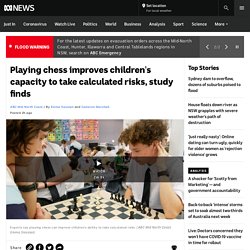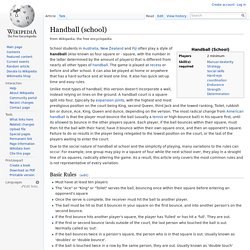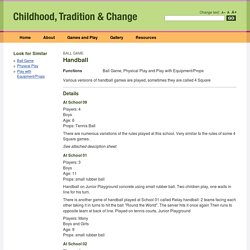

Playing chess improves children's capacity to take calculated risks, study finds. It's lunch break at a regional New South Wales school and the library is buzzing with excited students.

Key points: Chess is increasing in popularity among school students and experts say there are many benefitsA university study finds playing chess regularly makes children less risk-averse, through exposure to calculated risk-takingThe study's authors say the ability to evaluate risks is a skill that will help children in life Rows of chess boards are out and young minds are ticking.
It's been known as 'the game of kings', but chess has evolved to enjoy a much more modern following and become increasingly popular among Australian schoolchildren. At Port Macquarie's St Columba Anglican School, Paul Rikmanis said conditions had been just right for the growth in chess. "We've grown a primary school [group] of students who are eager and keen to play chess and our secondary school experienced some success at state titles last year.
RetroFocus catches up with Bob Hastie, the skateboarding postie who built a ramp in his Manly backyard. Posted about an hour agoFri 14 Dec 2018, 8:16pm Bob Hastie returned to Australia after a two-month trip visiting skateparks in the United States with just 10 cents in his pocket and an idea in his head.

The 21-year-old "skateboarding postie" and his friends had few spots where they could practise in 1977, so he decided to build his own ramp behind his mum's Manly home. "There was nothing in Sydney at that time. I just thought we've got this backyard — let's go for it. " Bob was interviewed that year by ABC's short-lived TV show Flashez, the clip of which was unearthed as part of the broadcaster's new project RetroFocus. These days Bob is teaching English in Osaka, Japan, and has fond memories of his skateboarding years. How did you become the 'skateboarding postie'? I started skateboarding in 1966 and my first board was a Midget Farrelly skateboard, which if you're a collector they're the Holy Grail of skateboards in Australia. I was working as a postman and I'm not a good saver. The 50 Best Videos For Teachers Interested In Gamification. Image by Sezzles via Flickr Creative Commons Gaming in education is a really big deal, and a very fun way to get students more involved and interested in education.

Board games, video games, even active outdoor games all have an important place in education, and these videos share more about their role in learning. Check out our list of 50 awesome videos for gaming teachers to discover what experts, teachers, and even students have to say about using games for education. Gabe Zichermann: How games make kids smarter:Check out Gabe Zichermann’s TED talk to find out how video games can actually make kids smarter and better problem solvers.
Johnny Lee demos Wii Remote hacks: Check out this video to see how you can turn a cheap Wii Remote into a sophisticated educational tool. Brief Lateral Thinking Activities. Joke loop card game. Joke loop card game answers. Icebreaker Activities. Brain Teasers! Tools for teams and teamwork. Middle School Group Games. - Ah Um Game - Kick the “ah, um” habit and avoid these words in natural conversation. - Alphabet Back Game - Trace the letter on your partner's back and have them guess the secret letter!

- Balloon Stomp - Pop! Try to stomp on each other's balloons. Be the only team with your balloons left intact! - The Best Game - This game showcases hidden and incredibly random talents and skills. - Build Tower Game - Great creative group game- See whose team can build the highest tower using newspapers! - Cake Walk - Famous game to play at festivals and carnivals, especially for kids.
Handball (school) Unlike most types of handball, this version doesn't incorporate a wall, instead relying on lines on the ground.

A handball court is a square split into four, typically by expansion joints, with the highest and most prestigious position on the court being King, second Queen, third Jack and the lowest ranking, Toilet, rubbish bin or dunce, Ace, King, Queen and dunce, depending on the version. The most radical change from American handball is that the player must bounce the ball (usually a tennis or high-bounce ball) in his square first, until its allowed to bounce in the other players square. Each player, if the ball bounces within their square, must then hit the ball with their hand, have it bounce within their own square once, and then an opponent's square. Failure to do so results in the player being relegated to the lowest position on the court, or the last of the players waiting to enter the court.
Handball - Ball Game - Childhood, Tradition and Change PUBLIC DATABASE. Various versions of handball games are played, sometimes they are called 4 Square Details At School 09 Players: 4 Boys Age: 6 Props: Tennis Ball There are numerous variations of the rules played at this school.

Very similar to the rules of some 4 Square games. See attached desciption sheet.